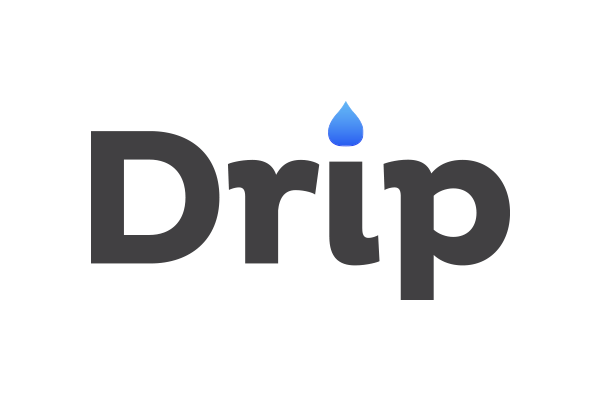
3 Ways You Can Use Drip with LearnDash
Drip is a popular email marketing automation platform by the folks at Leadpages. It makes a perfect companion to your LearnDash powered courses.

Communicating with customers, communicating course status, and communicating new offers. Without a solid tool in place then your customer experience suffers and so do your sales.
So what do you use?
You could use services like MailChimp – a lot of people start here. This is what we originally used for LearnDash back in the day.
But also a lot of people end up going elsewhere. Lately the demand has been for an easier interface with more powerful features. People want marketing automation.
Enter Drip.
If you’re not familiar with Drip then you should really check it out. Drip emphasizes ease-of-use combined with the ability to segment users based on their behaviors and entry points. In a short amount of time they have become a trusted tool for entrepreneurs and businesses everywhere.
Using Drip with LearnDash
If you are using LearnDash for your online courses then I have good news: you can use Drip!
In fact, you have a few ways to use it ranging from pretty basic to highly-integrated. Let’s start with the basic.
SHOPPING CART
If you’re selling your LearnDash courses with WooCommerce or Easy Digital Downloads, then you can tap right into their own native Drip integrations so that when someone purchases the product/course, they are added to your desired Drip list.
You get valuable metrics like lifetime customer value tracking, refund tracking, purchase tracking, cart abandonment reminders, and more.
This method is the most straightforward of them all and allows you to segment your learners by their course purchase so you can send relevant promotions accordingly.
ZAPIER
If you want to get more granular with your Drip integration then the next step is to use the LearnDash Zapier add-on (free).
Using Zapier you can do everything that the shopping cart integration can do, plus you can add users to various Drip lists depending on the actions they take in a course.
For example, if someone fails a quiz you can add them to a specific list that sends them additional help material.
Or when someone finishes a specific lesson you can give them a bonus or congratulation message.
Supported LearnDash triggers included:
- Course Enrollment
- Completed Course
- Completed Lesson
- Completed Topic
- Completed Quiz
- Passed Quiz
- Failed Quiz
There is so much you can do with the Zapier add-on, you really have a lot of flexibility here.
WPFUSION
Now if you really want to get into a tight-integration based on user activity then using the WPFusion plugin is the way to go.
Don’t be fooled by the name, this plugin is not just for Infusionsoft.
It actually integrates with many CRMs, including Drip. This works perfect with their built-in LearnDash integration.
Using WPFusion you can do any of the activities mentioned in the shopping cart and zapier options, but also you can add tags to users direclty on your site based on their activities.
So why is this good? These tags allow you to track all the engagement occurring on your site and to perform additional automation sequences.
For example, this means that now when someone completes a lesson, you can give them a special tag that both adds them to a list and perhaps unlocks additional resources on your site.
The tags aren’t just limited to LearnDash activities either. You can apply tags upon registration, product purchase, watching a video, filling out a form and much more!
So there you have it. Depending on your needs one of these integration options will allow you to integrate with Drip so that you can add a level of learning automation to your courses.

Justin Ferriman
@LearnDashLMS






